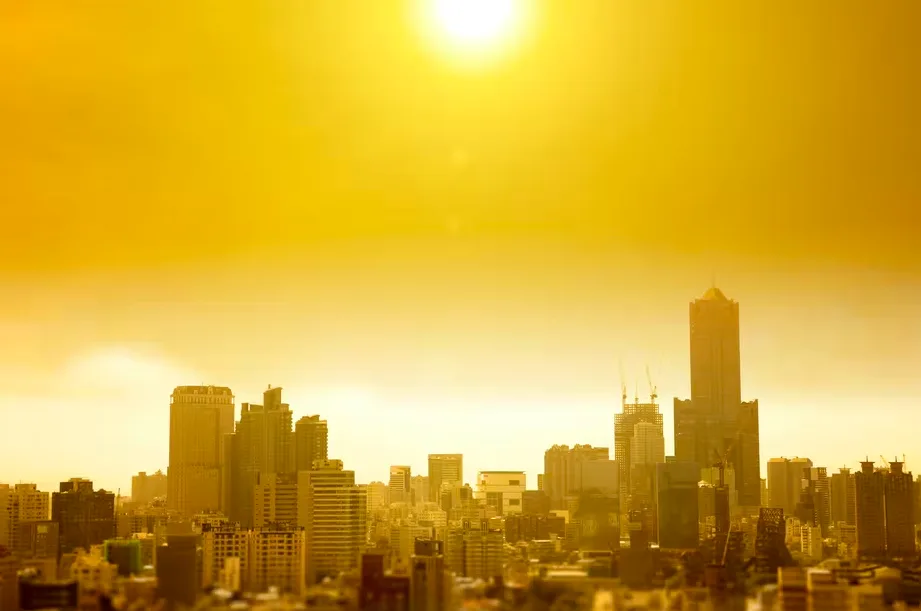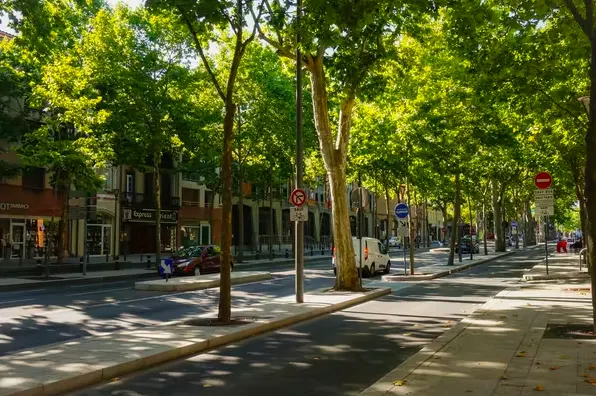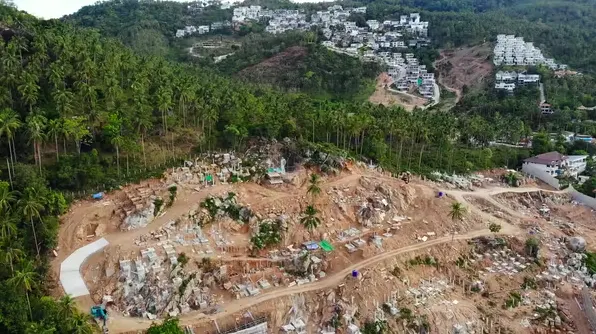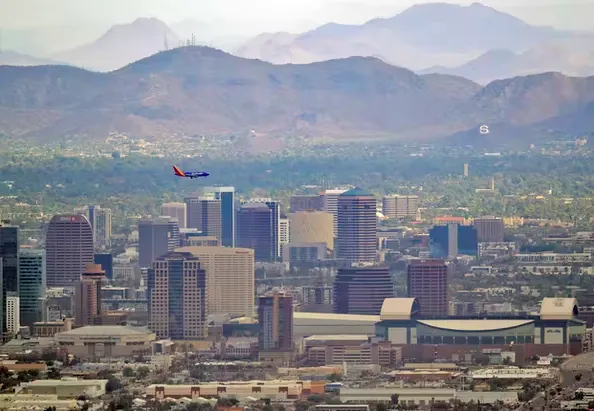
Cities need to embrace green innovation now to cut heat deaths in the future
Building standards — currently based on historical conditions — must be updated for existing and new homes based on the climate anticipated over the next century.
In late June 2021, North America’s most severe heat wave in history hit British Columbia and the U.S. Pacific Northwest. In many areas, temperatures soared above 40 C, 15 C hotter than the normal average high. Although other places in North America regularly hit these highs, the extreme contrast to “normal” is what exposes acute infrastructure, economic, environmental and social vulnerabilities.
Heat waves silently roll in with only a shimmer of visible evidence, but leave a wake of mortality greater than floods, wildfires or hurricanes. By mid-July, this one had caused 1,400 deaths. Emergency rooms across the Pacific Northwest were overwhelmed with visits 100 times greater than normal. Lytton, B.C. — where temperatures soared to 49.6 C — was largely vaporized by a wildfire that scorched the town in 30 minutes.
Research warns that if current greenhouse gas levels are sustained, “record-shattering” heat waves are up to seven times more likely than they have been over the past few decades. As an urban climate policy analyst, I believe that North America’s 2021 extreme heat event should compel governments to scale innovations from leading cities and countries to advance resilient, restorative and renewable cities.
Preparedness is important, but prevention is critical
In response to last year’s heat wave, British Columbia has begun to roll out a heat action plan comprising an alert system through smartphones and media, on-the-ground co-ordination including cooling centres, an education campaign and outreach to vulnerable populations.
Effective heat action plans reduce death tolls. This was seen in Italy when integrated intervention with socially isolated seniors cut heat mortality risks threefold between the late 1990s and 2016.
In the long-term, prevention is critical because of increasingly intense heat and growing underlying vulnerabilities including declining urban tree canopy and a growing building stock with outdated performance standards.
Urban tree canopy loss exposes mortality
The vast majority of urban fabric is losing tree canopy, displaced by asphalt, concrete and large building footprints. Heat-wave-related deaths are concentrated in neighbourhoods with lower urban tree canopy.

Trees reduce the temperature in urban areas by providing shade to streets and buildings. (Shutterstock)
Trees provide shade, reducing temperatures by as much as 11 C to 25 C. They allow rain to penetrate into soil and retain water. As temperatures rise, liquid water in leaves and soils devours heat, transforming it into vapour. This transpiration and evaporation dramatically cools surrounding areas. One large tree can transpire 380 litres of water daily — the cooling equivalent of five standard air conditioners running 20 hours.
But the U.S. urban tree cover is declining at a rate of 700 square kilometres annually, according to the U.S. Forest Service. In Canada, urban development is one the biggest drivers of permanent forest loss.
While the most intense urban heat islands tend to be high density zones, cities like Seattle found the greatest cumulative urban tree canopy loss in its single-family neighbourhoods. One-third of British Columbia’s heat mortalities were in single-family homes.
Leading cities are planting seeds for a new future
Awareness of the diverse benefits is critical for consolidating support for tree protection. Trees reduce extreme heat vulnerability, flood risk and storm-water management cost. They filter airborne particulate matter, sequester carbon and cut building energy demand.
Many cities like Vancouver and Baltimore have strengthened park and street planting. Private land — the majority of urban geography — is, however, a bigger challenge. Effective regulation and innovative incentives must reinforce awareness.

Trees reduce the temperature in urban areas by providing shade to streets and buildings. (Shutterstock)
While tree canopies suffer from thousands of individual cuts, their greatest blows today are dealt during building construction when sites are razed. Costs and benefits must be effectively calculated. “Zero net loss” policies that permit a large, 50-year-old tree to be replaced by one or two seedlings are a gross loss.
To maximize benefits and manage risks at scale, provinces and states should work with cities to legislate tree canopy protection and restoration.
Watch: Photographer captures the scale of human impact on the Earth
Contemporary air conditioning impedes resilient design
The reflexive response to home cooling is air conditioners. However, surging electricity demand from air conditioning during extreme heat stresses grids, increasing blackout risk with more devastating consequences. This risk rises as demand grows to electrify the transportation and industrial sectors to tackle climate change.

The urban tree canopy in Phoenix, Arizona, is down to nine per cent. (AP Photo/Matt York)
Before the widespread adoption of air conditioning, many homes in hot cities had exterior shutters or shades, covered porches as well as floor and window plans to allow cross ventilation. Main streets had awnings and trees. In the 1920s, Phoenix — the hottest U.S. city — had 50 per cent urban tree canopy. This is down to nine per cent today. These solutions cost less than air conditioning and new power supply.
Climate-anticipatory home retrofits can eliminate heat risk
Building standards — currently based on historical conditions — must be updated for existing and new homes based on the climate anticipated over the next century.
Netherlands-based Energiesprong — the world’s most successful home retrofit model — used public procurement in social housing to drive down costs by 50 per cent. Precisely measured, prefabricated insulated panels and roofs are installed on 50-year-old homes, along with a solar panel and an air source heat pump, replacing aged assets and eliminating indoor extreme heat risk and virtually all greenhouse gases.
In an Energiesprong-inspired demonstration in Edmonton during the 2021 heat wave, occupants of upgraded 1970s townhomes switched their new heat pumps to cooling mode. They used 300-400 per cent less energy than a typical air-conditioned home.
Strategic investment in home retrofits and urban tree canopies can yield great returns on government and household ledgers, bring down heat-wave-related deaths and advance resilient, restorative and renewable cities.

By Alex Boston, Fellow, MJ Wosk Centre for Dialogue; Executive Director, Renewable Cities, Simon Fraser University
This article is republished from The Conversation under a Creative Commons license. Read the original article.











